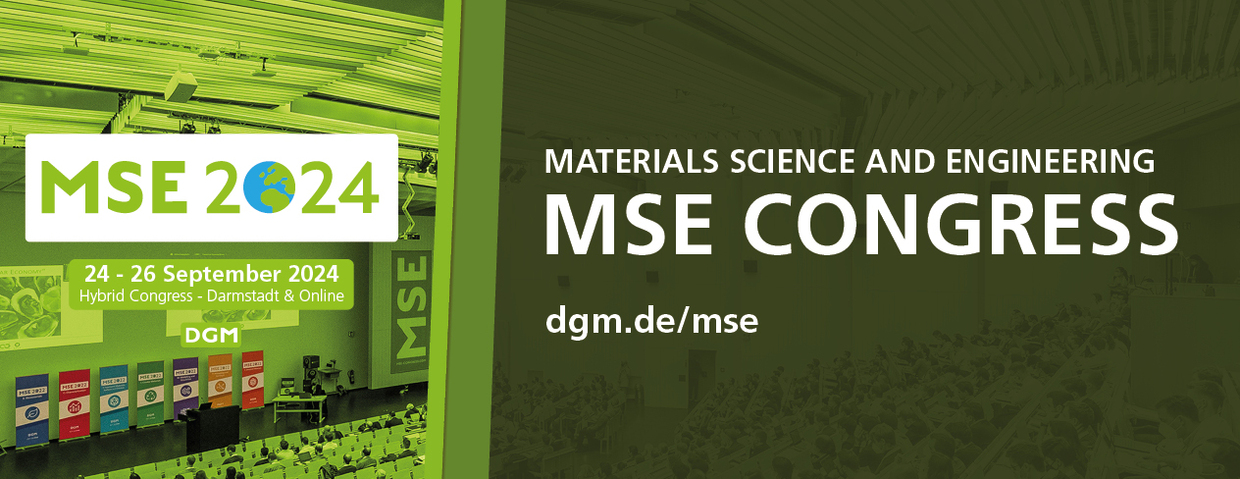Phase Field Modelling: Analysis & Benchmarks

The development of modern materials requires the incorporation of advanced materials modelling and simulation techniques. Computer-aided design of innovative materials through combined material simulations, operating on different scales and involving multiple physical phenomena, enables accelerated design of materials that are specialized for individual processes and applications. In particular, numerical methods based on the phase-field method have become indispensable and extremely versatile tools in materials science, microstructure mechanics and physics. The method typically operates at the mesoscopic length scale and provides important information about morphological changes in materials by mapping interfacial motions of physically separated regions. Diffuse interface parameterization can be used to model the temporal and spatial evolution of an arbitrarily complex multi-phase, multi-component and polycrystalline microstructure in materials without the need for additional assumptions about shape or mutual distribution. An outstanding feature of the phase-field method is the ability to consider different physical driving forces for interfacial motion due to diffusive, electrochemical, thermomechanical, etc. processes. In addition, large-scale numerical simulations can be performed by numerically solving the coupled multiphysics differential equations on high performance clusters. Because of this versatility, phase-field methods, used in a wide range of fields in materials science and physics, are constantly under development. To establish cross-community standards for phase-field modelling, this MSE2024 symposium aims to address following main objectives:
- Highlight current issues, emerging applications, and outstanding perspectives in phase field modelling
- Identify methodological commonalities between the different phase-field communities
- Discuss analytical challenges of phase-field modelling in a transparent way
- Establish benchmarks for the verification of models and implementations

